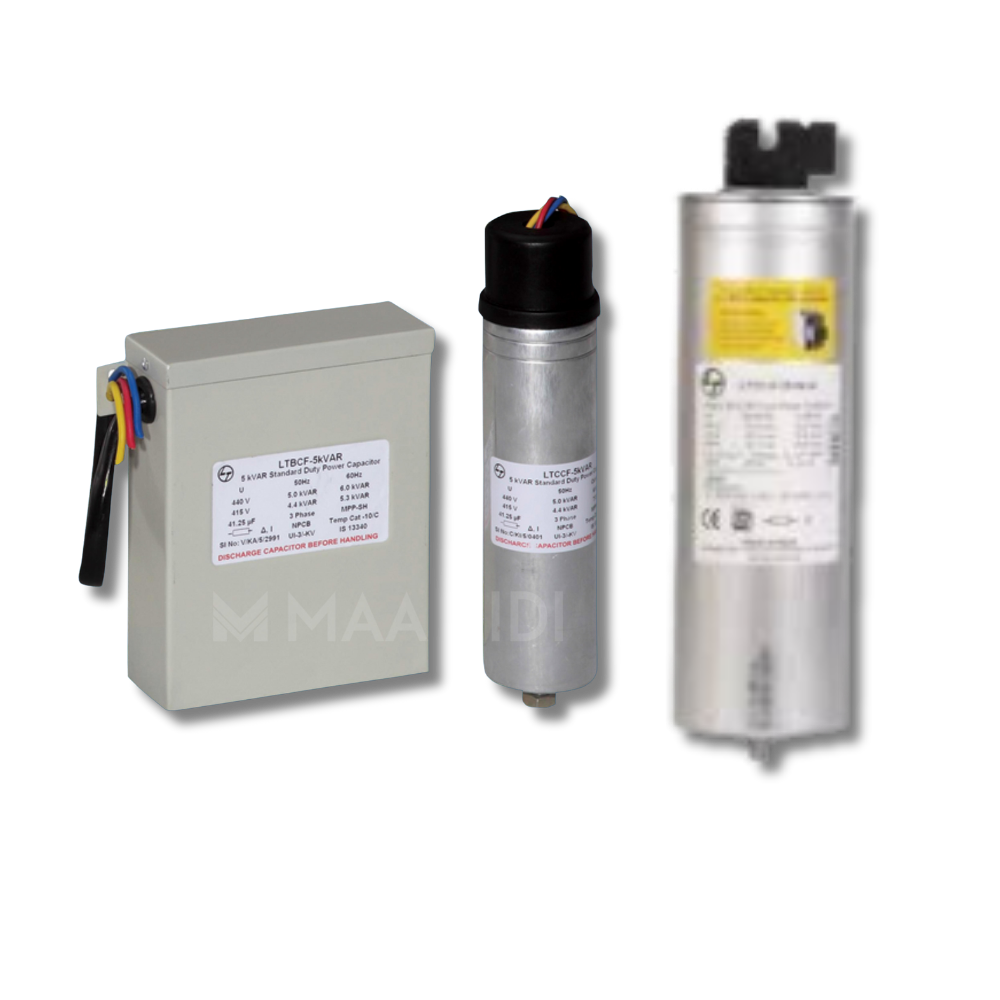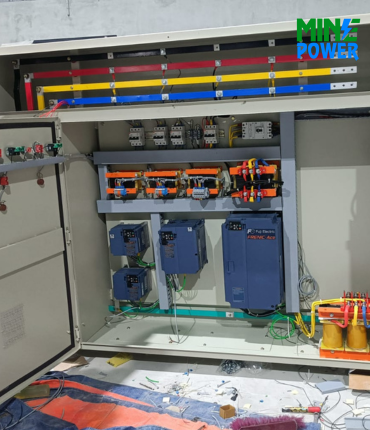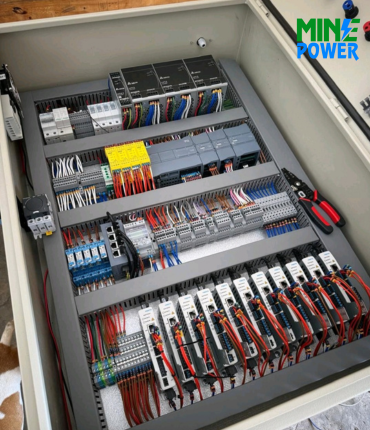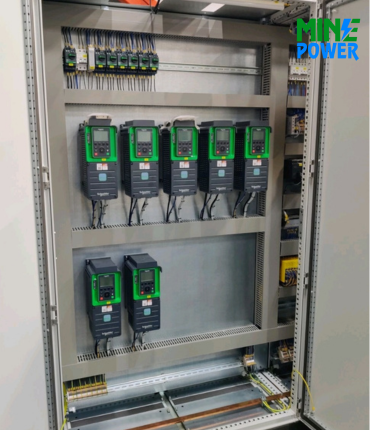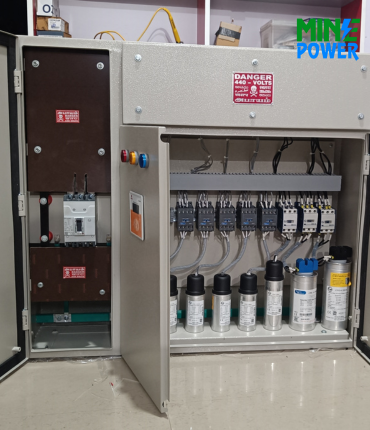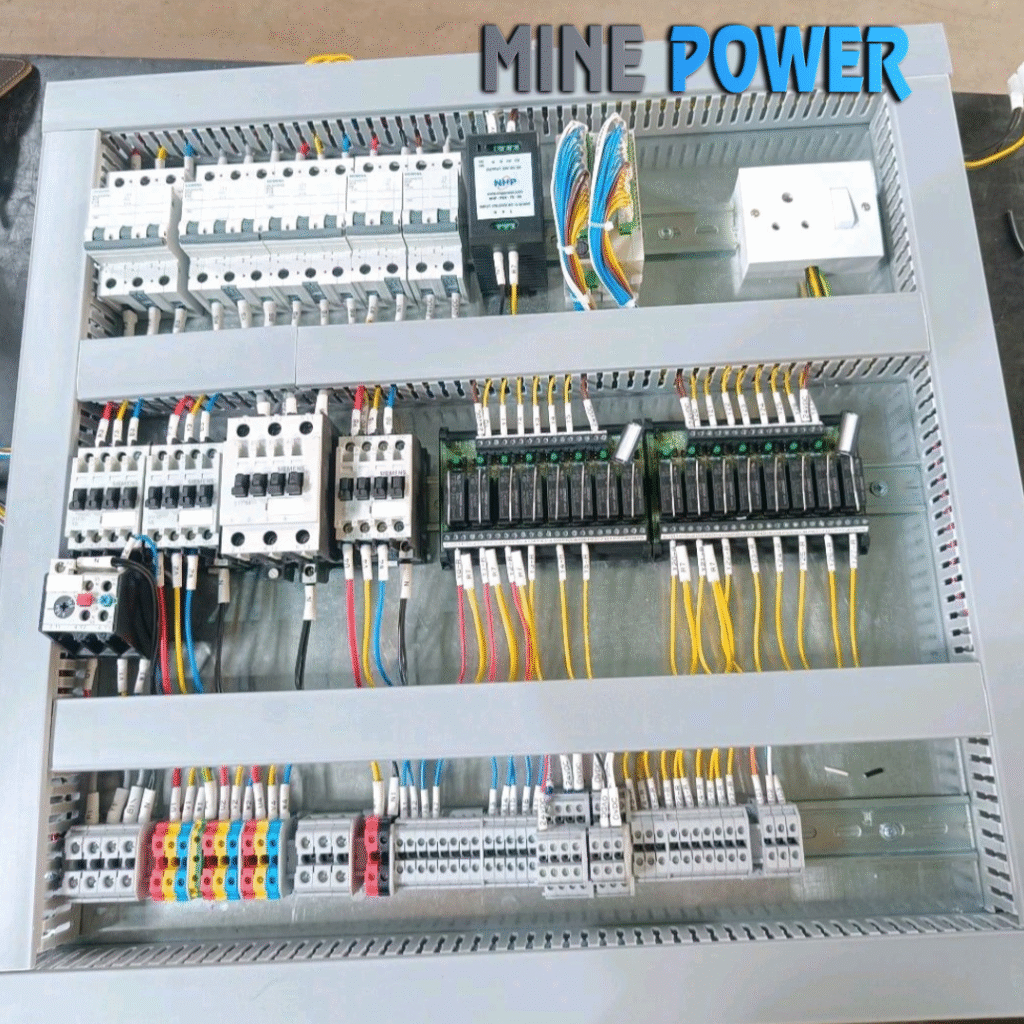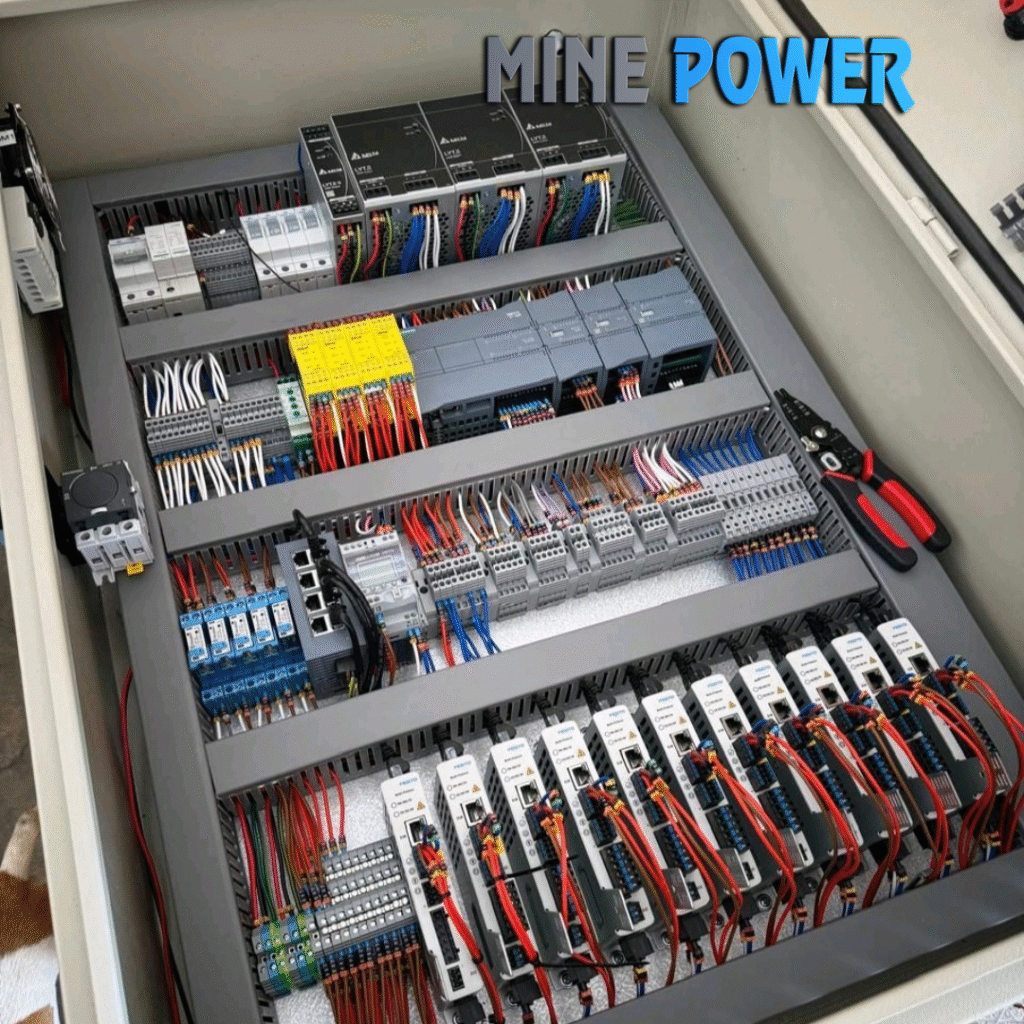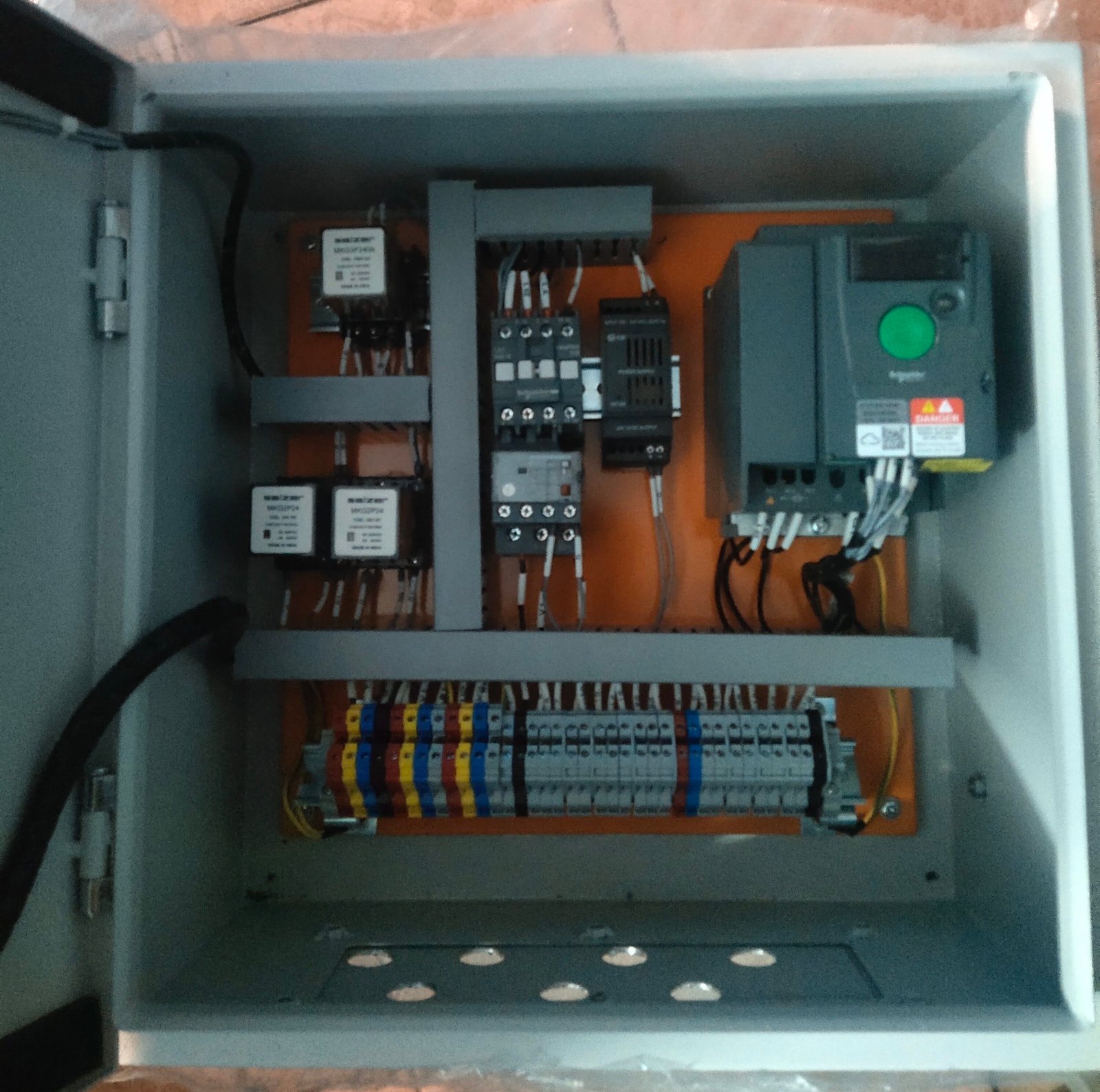Capacitors are essential passive components that temporarily store and release electrical energy, improving efficiency and stability in electrical circuits. Available in various types such as electrolytic, ceramic, film, and power capacitors, they are widely used for power factor correction, filtering, timing, and energy storage in applications ranging from electronics and industrial machines to renewable energy and automotive systems.
Description
A Capacitor is a passive electronic component that stores and releases electrical energy in the form of an electric field. It consists of two conductive plates separated by a dielectric and is widely used in filtering, power factor correction, energy storage, and signal processing across electrical and electronic systems.
Specifications
-
Capacitance: pF (picofarads) → µF (microfarads) → F (farads, for supercapacitors)
-
Voltage Rating: 6.3V – 1000V+
-
Tolerance: ±1% to ±20%
-
Dielectric Types: Electrolytic, Ceramic, Film, Mica, Tantalum, Paper, Supercapacitor
-
Mounting: Through-hole, SMD, or panel-mounted (for power capacitors)
-
Standards: IEC 60384, IS 2993 (for power capacitors)
Features
-
Available in a wide range of capacitance & voltage ratings
-
Different dielectric materials for specialized applications
-
High reliability and long service life
-
Provides smoothing, filtering, and power correction
-
Compact to large form factors depending on use
Applications
-
Electronics – filtering, timing, coupling/decoupling circuits
-
Motors & HVAC – start and run capacitors
-
Power systems – power factor correction, harmonic filtering
-
Renewable energy – smoothing DC in solar/wind inverters
-
Automotive & EVs – regenerative braking and energy storage
-
Signal processing – frequency tuning and noise reduction
Advantages
-
Stores and delivers electrical energy when needed
-
Improves power factor and reduces losses
-
Provides voltage smoothing in power supplies
-
Available in many types for diverse applications
Disadvantages
-
Polarity sensitivity (in electrolytic types)
-
Can degrade over time (especially under heat)
-
Limited energy storage compared to batteries
-
Voltage breakdown if used beyond rating


